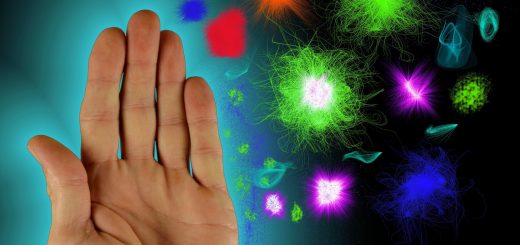Types of Depression
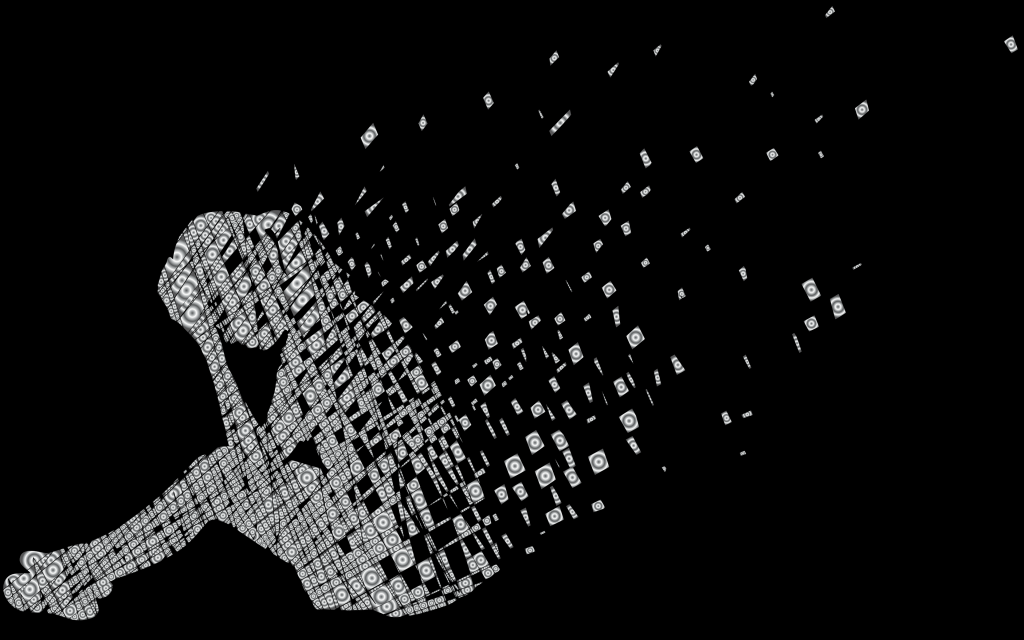
It is part of the human condition to feel sad from time to time. A human feels things and reacts differently to life stressors by feeling sad or withdrawn. However, depression is a whole different story. It is a debilitating mental illness affecting more than 16.1 million Americans according to the Anxiety and Depression Association of America.
Did you know that there are many types of depression, but there are 9 which are the most common of all. It can be quite difficult to perceive them as they are all manifested by extreme sadness and persistent feelings of hopelessness, guilt, exhaustion, and irritability.
Victims of depression lose complete interest in life and in their daily activities and often find themselves wondering if “any of this is worth it?”
According to a recent report, it has been proved that women are prone to experience depression more than men. It is not yet proven why depression affects more women than men. However, it is more likely due to a combination of factors such as strong genetic predisposition to hormonal changes and various sociocultural explanations.
If you feel like you are going through a depressive phase, do not be ashamed as help is always available. Remember that you are not alone in this. Learn more about the various types of depression.
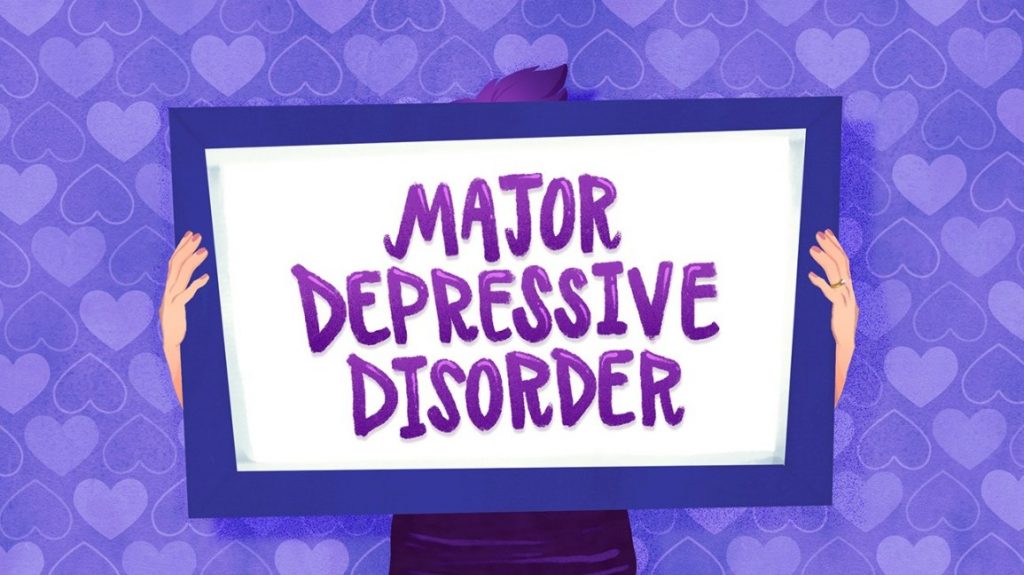
• Major Depressive Disorder
If you know someone who is experiencing persistent and deep feelings of sadness for at least two weeks, then they may be suffering from the major depressive disorder which is also known as clinical depression. Common symptoms of this type of depression include a change in appetite (over or under eating), change in sleep schedule (insomnia or excessive sleep), excessive crying, inability to concentrate and intense feeling of sadness.
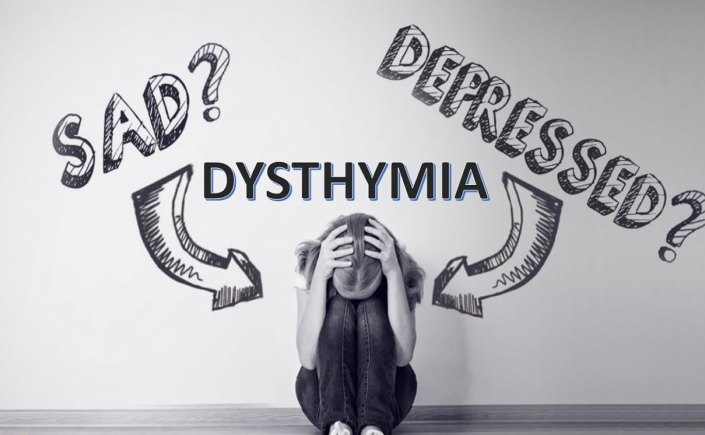
• Persistent Depressive Disorder
A persistent depressive disorder is a type of chronic depression which is also known as dysthymia. It is very difficult to diagnose. Dysthymia symptoms are not as severe as with major depressive disorder. If you are suffering from a pervasive, low-level depression that lasts for two years or longer, you may have a persistent depressive disorder.
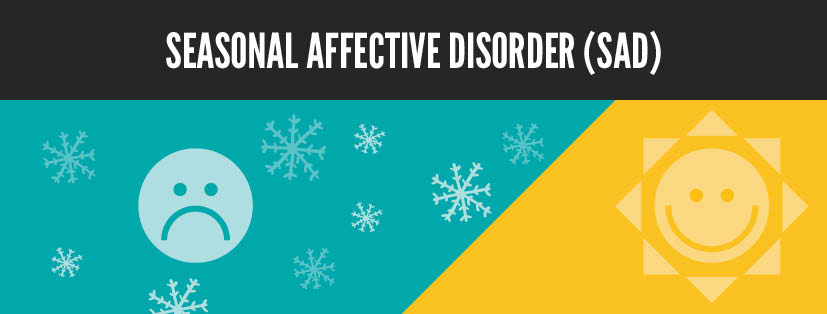
• Seasonal Affective Disorder
People with seasonal affective disorder experience the classic signs of depression at the same time every year. Most people with this type of depression feel symptoms during fall and it might persist through winter months. Symptoms include fatigue, sadness, and social isolation. Patients could go through light therapy to help with this depression.
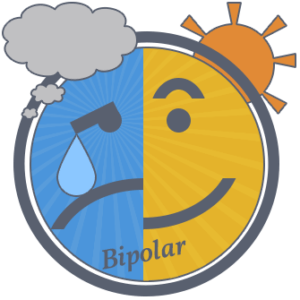
• Bipolar Disorder
Someone who suffers from bipolar disorder experiences unusual and large shifts in mood and energy levels. They cycle through a manic and depressive period. In one manic episode, they may have a lot of energy, experiencing racing thoughts and engage in risky behaviors such as having reckless sex. In a depressive episode, they will experience classic symptoms of depression including feeling sad and hopeless and having very little energy for daily activities.

• Psychotic Depression
Also known as “ Major Depressive Disorder with Psychotic Features,” this is commonly a form of major depressive disorder which is accompanied by psychotic symptoms. Someone with this kind of disorder will experience the same feelings of sadness and hopelessness found in major depression as well as delusions and hallucinations.
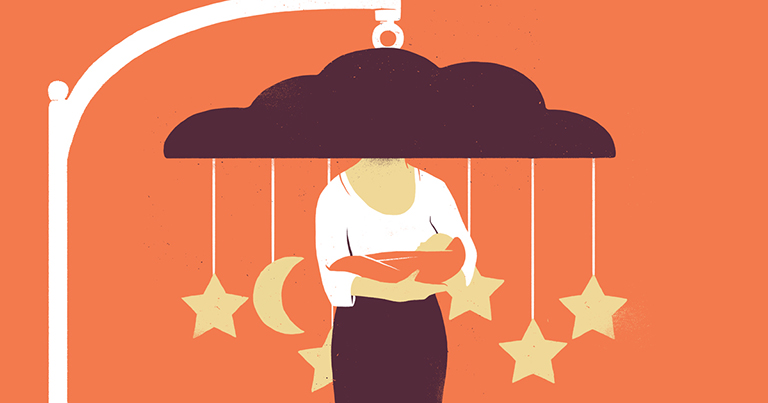
• Postpartum Depression
This is not baby blues which women have in the two weeks after giving birth. Postpartum depression is more severe and a long-lasting form of depression. In addition to experiencing symptoms of major depression, women may have trouble bonding with their child or doubt their capacity of taking care of the baby. Some might also think about harming themselves or the baby.
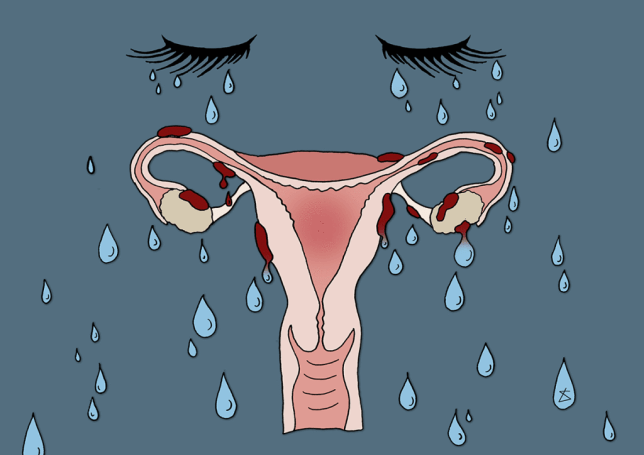
• Premenstrual Dysphoric Disorder
This is a severe form of premenstrual syndrome. All the common PMS symptoms may be present along with extreme sadness, irritability or anger.
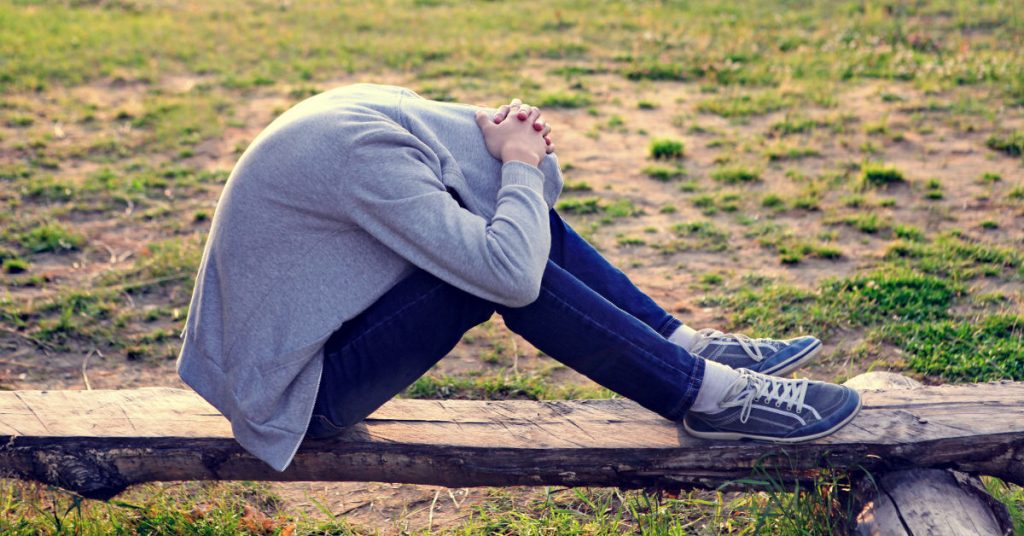
• Situational Depression
This is a short term form of depression that comes about following a traumatic event which includes loss of a loved one, job, loss, divorce. It is also referred to as “adjustment disorder.” Someone who is suffering from the situational disorder will feel sad, afraid or hopeless. As you adjust to your new normal, situational depression goes away.
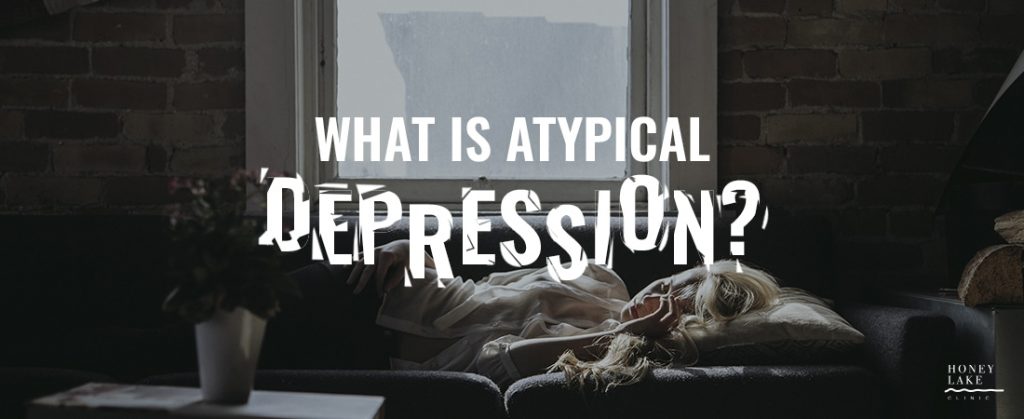
• Atypical Depression
Atypical depression can occur in people with major depression or persistent depression. It’s a subtype of these types of depression marked by several specific symptoms, including increased appetite/weight gain, fatigue, moods that temporarily lift in reaction to good news, extreme sensitivity to rejection and headaches.
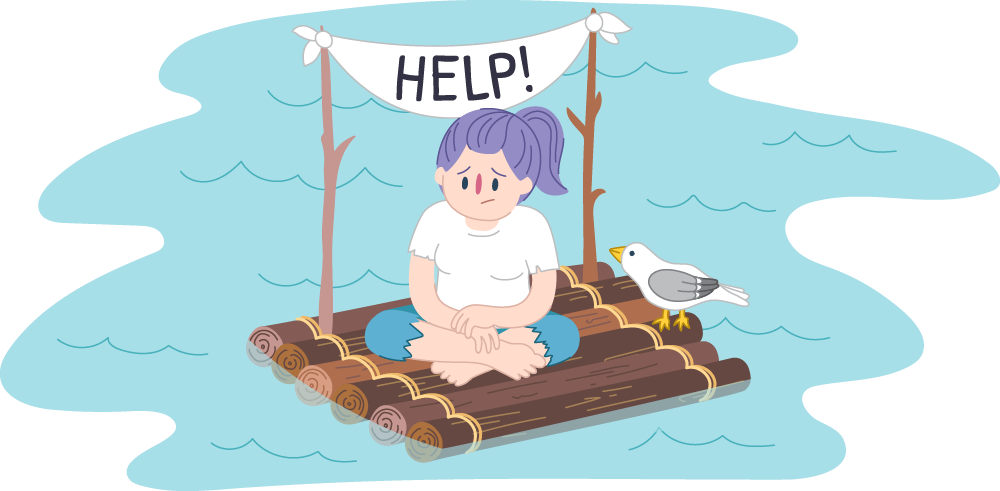
Please reach out to a close friend or a therapist if you ever find yourself experiencing the above symptoms. Do not ever think that you are the only person going through a mental health issue. You can feel better about yourself by reaching out to someone who understands and opens your heart. You do not have to suffer alone and recovery is possible. Start by finding the best therapist for you.

